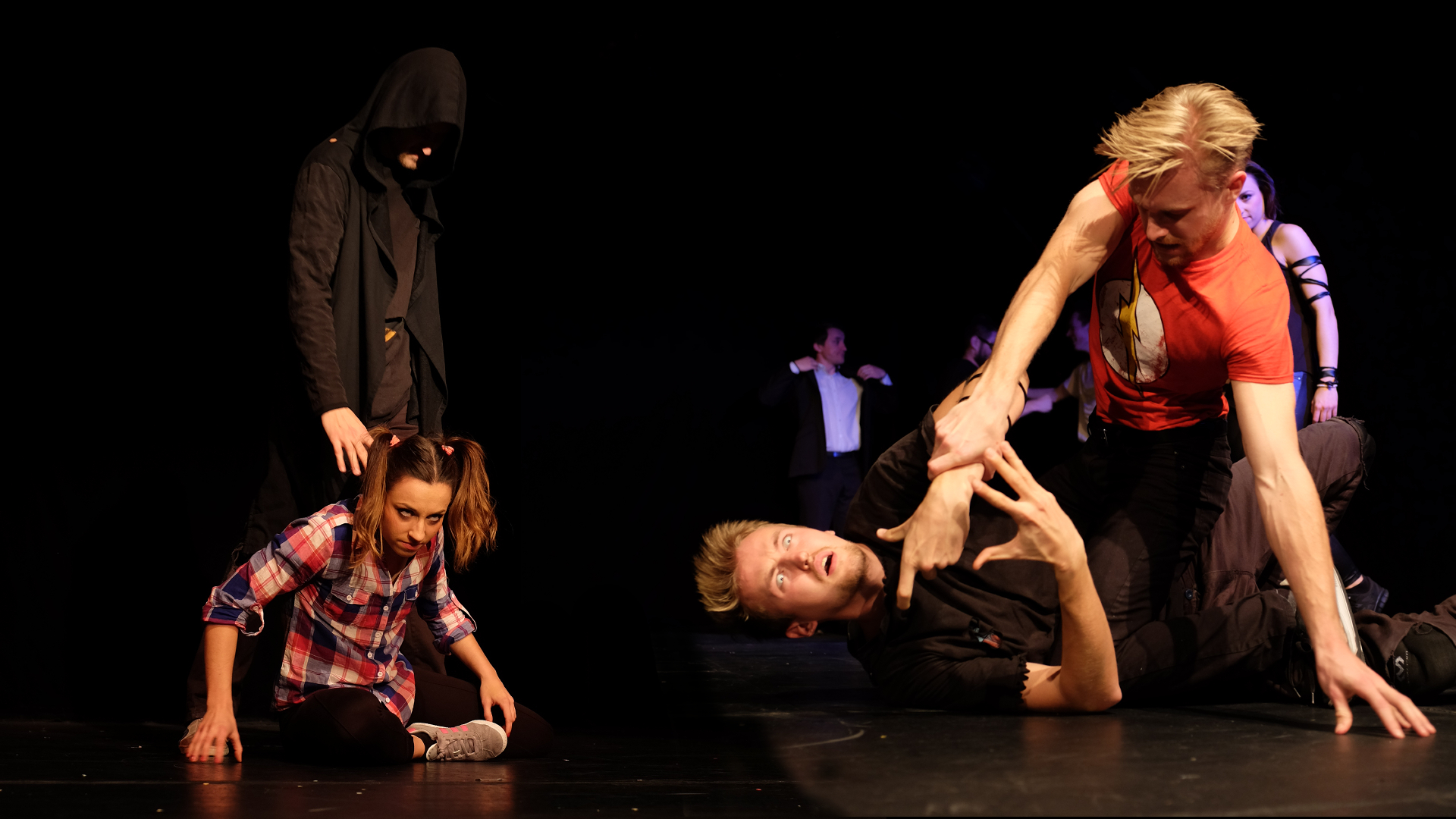Creating a stage performance is an individual process. Every artist has his own way of doing it. But there is one guiding principle that will transform our creation from an unsorted puzzle into a finished piece that makes sense. Making sense to be taken with a grain of salt as it is in the eye of the beholder.
The basic structure and its implications
One thing is sure: our piece has a beginning and an ending. In between, things are happening. Sometimes a lot of things, sometimes almost nothing. But those things in between are what messes up a lot of works, that started with brilliant ideas.
It’s easy to disregard the importance of this middle part, as the first impression and the last image you remember from a piece are defining moments. But it is this middle, that makes the difference between a persuasive speech and meaningless babble.
Only keep things that make sense in the context of the piece
Every scene in your piece should be necessary to bring you from the beginning of your piece to the end. It needs to change something. It can either be an action that alters the state of our world or introduce new information that makes our viewers understand. If a scene does not change anything that brings us closer to the end or gives us new insights, it needs to go.
To call this shot, it is important to know what you want to achieve with the production.
Removing scenes can be hard because we fell in love with them during the process. I recommend putting them into your treasure chest of ideas. Maybe you can build another piece around them, another time.
Let me close with an example: Our short piece is about a young lady that is an unhealthy relationship with a boyfriend. Throughout the piece, she understands that he will not change and decides she is better of alone and therefore ends the relationship.
Her being at work on her laptop is a necessary scene when she talks to a colleague who helps her to come to a conclusion or when she meets someone better for her. It is not required if we show off that we can use tutting to visualize the work with laptops and tablets.
All of this would change when the piece would be about showing what you can do with tutting, but that was not the goal in the example.

